5 Smoky Secrets of Chipotle Peppers in Adobo Sauce You Need to Know!
If you’ve ever tasted a dish with that unmistakable smoky heat and wondered, "What magic is this?", chances are you were experiencing the glory of Chipotle Peppers in Adobo Sauce. It’s not just a condiment—it’s a flavor bomb, a culinary legend, and a pantry staple for spice lovers around the globe.
In this article, we’ll dive into everything from its fiery origins to how you can use it like a pro. Whether you’re a home cook looking to level up your taco Tuesday or a foodie curious about the spice world’s hidden gems, this guide has got you covered!
Table of Contents
- The Fiery Roots: Where Did Chipotle Peppers Come From?
- Flavor Profile: What Makes Them So Special?
- Top 5 Creative Ways to Use Chipotle in Adobo Sauce
- How to Store & Handle Like a Pro
- Health Benefits & Warnings: Fire That Works Both Ways
- Global Spice Traditions: How the World Uses Chipotle
- Conclusion
🔥 The Fiery Roots: Where Did Chipotle Peppers Come From?
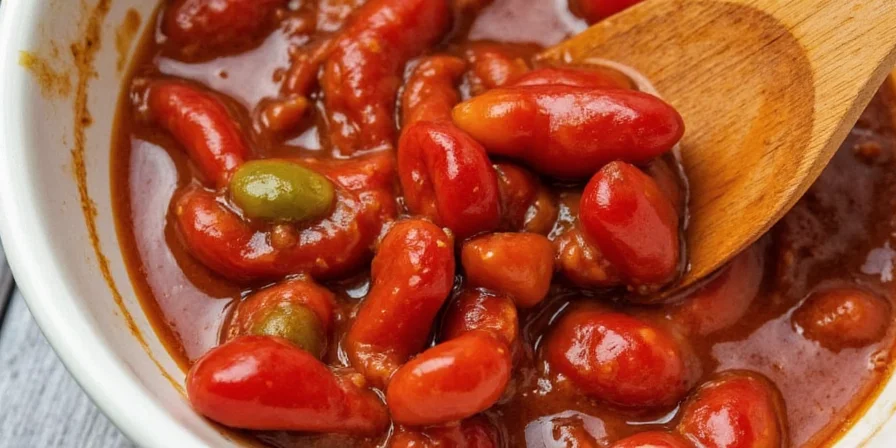
The journey of chipotle peppers begins with ripe jalapeños. These green peppers are allowed to fully mature into red jalapeños before undergoing a time-honored drying process—except instead of being air-dried like most chiles, they're smoked.
This smoking technique gives them their signature depth of flavor and transforms them into what we now know as chipotles. Once smoked, these dried peppers are then rehydrated and simmered in a tangy adobo sauce made with tomatoes, vinegar, garlic, and spices.
Mexican in origin, chipotle in adobo sauce became widely popular thanks to brands like La Costeña and Don Julio, which made them accessible beyond Mexico's borders. Now, you can find them canned in nearly every supermarket worldwide.
🌶️ Flavor Profile: What Makes Them So Special?
| Taste Notes | Description |
|---|---|
| Smokiness | High – like a campfire wrapped in velvet |
| Heat Level | Moderate (around 2,500–8,000 Scoville units) |
| Sweetness | Mild – comes from the ripened peppers and adobo sauce |
| Acidity | Medium – balanced by the tomatoes and vinegar |
| Umami | Rich – from the slow-cooking process |
What makes chipotle in adobo so special is the way all these elements harmonize. It’s not just spicy; it’s layered with earthiness, sweetness, and acidity, making it incredibly versatile in the kitchen.
🍴 Top 5 Creative Ways to Use Chipotle in Adobo Sauce
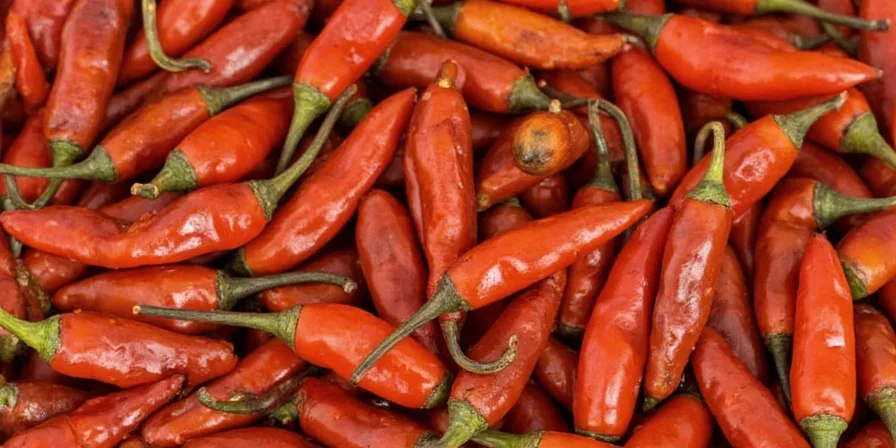
- Add a Kick to Mayonnaise: Mix finely chopped chipotles and a splash of adobo sauce into mayo for an instant smoky sandwich spread. Perfect on burgers, chicken sandwiches, or veggie wraps!
- Spice Up Your Marinades: A spoonful of adobo sauce blended with lime juice, garlic, and olive oil makes a killer marinade for grilled meats or tofu.
- Stir Into Soups & Stews: Add a tablespoon to tomato-based soups or lentil stews for a deep, smoky twist. Think of it as your secret weapon for chili night!
- Upgrade Sauces & Dressings: Blend chipotle with Greek yogurt, avocado, or sour cream for creamy sauces that take tacos, nachos, or salads to the next level.
- Bake It In: Stir some pureed chipotle-adobo mix into cornbread batter or muffin recipes for a surprising (and delicious) kick.
📦 How to Store & Handle Like a Pro
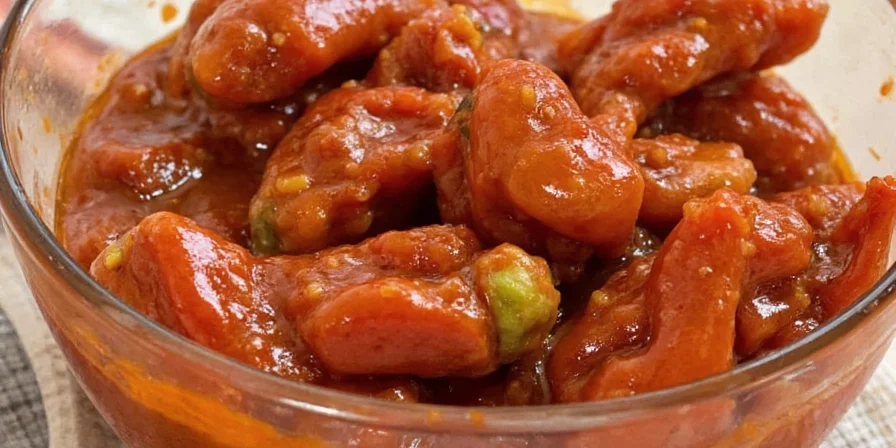
You bought a can of chipotle in adobo, used one pepper, and now you have a jar full of unused potential sitting in your fridge. Here’s how to make the most of it:
- Refrigeration: Transfer the remaining peppers and sauce into an airtight container. They’ll last up to 3 weeks in the fridge.
- Freezing: Chop peppers and freeze them in ice cube trays with a little sauce. Pop out a cube whenever inspiration strikes!
- Dry It Out: Spread peppers on a baking sheet and dry them in a low oven. Once crisp, grind into a homemade chipotle powder!
- Wear Gloves: Capsaicin is strong! Always wear gloves when handling raw chipotles to avoid skin irritation.
🧠 Health Benefits & Warnings: Fire That Works Both Ways
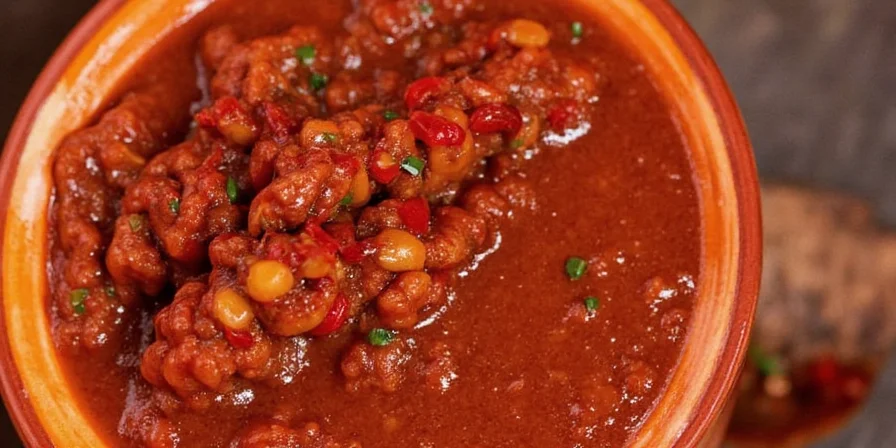
Chipotle peppers aren’t just flavorful—they come with a few health perks too!
- Metabolism Boost: Capsaicin may help increase metabolic rate, aiding in weight management.
- Pain Relief: Topical capsaicin creams are used for joint and muscle pain relief.
- Antioxidants: Rich in vitamin C and other antioxidants, supporting immune function.
However, moderation is key. Too much heat can lead to stomach discomfort or heartburn, especially for those sensitive to spicy foods. Listen to your body—and maybe keep a glass of milk handy!
🌍 Global Spice Traditions: How the World Uses Chipotle
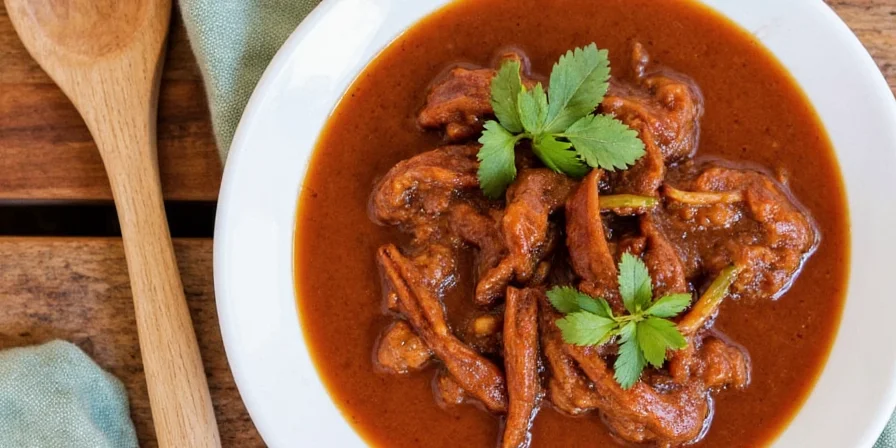
While rooted in Mexican cuisine, chipotle in adobo sauce has found its way into kitchens far and wide. Here’s how different cultures are embracing this fiery flavor:
| Region | Use Case |
|---|---|
| United States | Fast-casual chains like Chipotle Mexican Grill made it mainstream. Used in bowls, burritos, and dressings. |
| Asia | Blended into ramen broths or paired with miso for a smoky umami boost. |
| Europe | Used in gourmet barbecue sauces and aioli spreads at upscale restaurants. |
| Africa | Mixed into stews and braises to add complexity and heat to plant-based dishes. |
| Oceania | Stirred into seafood chowders or grilled lamb marinades for a spicy twist. |
✨ Conclusion
From its smoky origins to its global fame, chipotle peppers in adobo sauce have earned their place in kitchens everywhere. It’s more than just a spicy ingredient—it’s a flavor enhancer, a conversation starter, and a testament to the beauty of global spice traditions.
So next time you crack open a can, remember—you’re not just adding heat. You’re unlocking centuries of tradition, a whole lot of flavor, and maybe even a little bit of magic.
Stay spicy, friends.

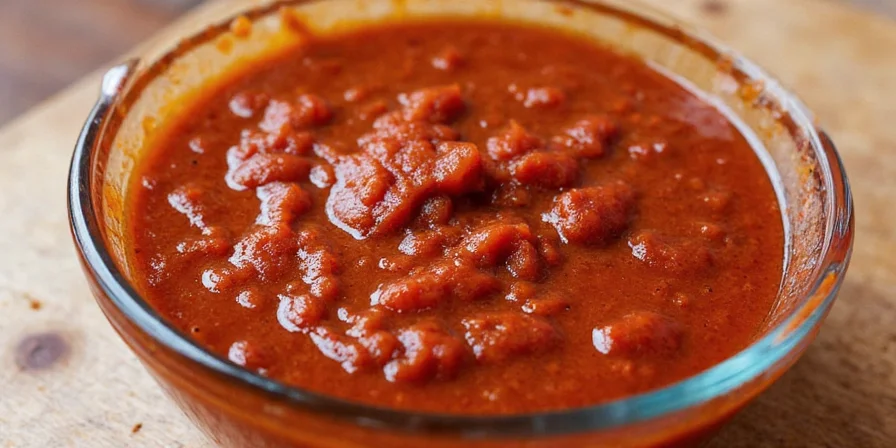









 浙公网安备
33010002000092号
浙公网安备
33010002000092号 浙B2-20120091-4
浙B2-20120091-4